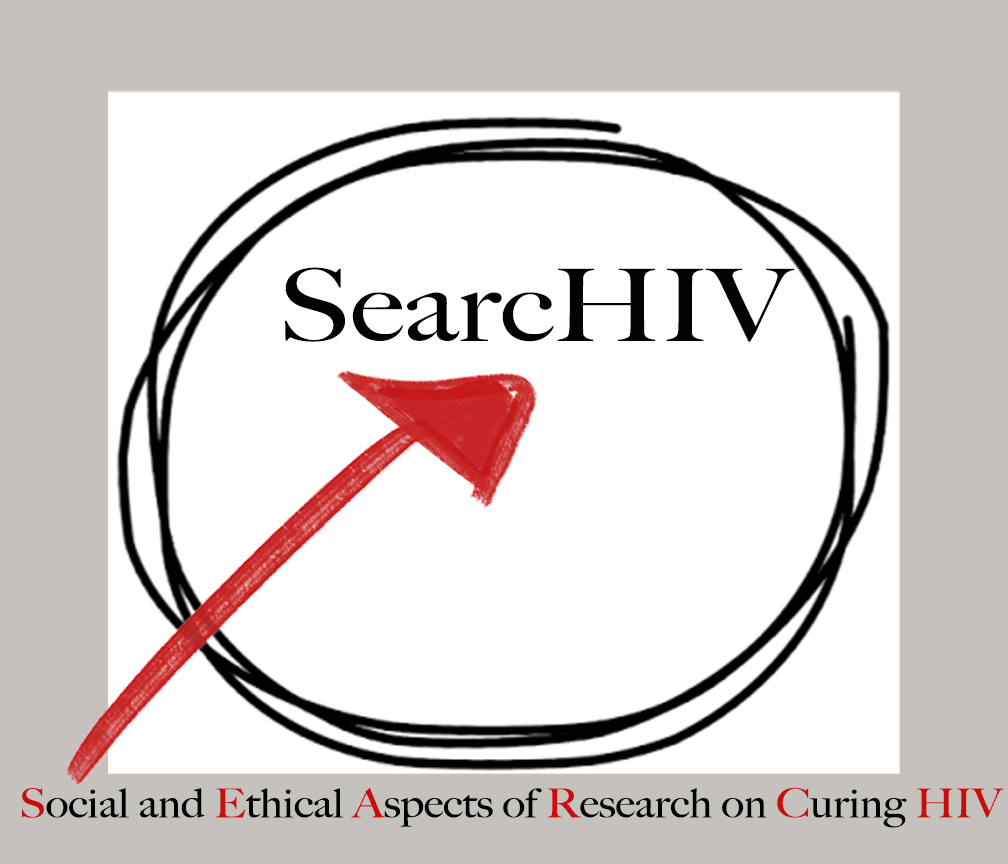By Theresa Rossouw, MD, PhD, Johanna Crane, PhD, and Lisa Frenkel, MD
Finding a cure for HIV has become the holy grail of HIV research. Fueled by the success of the “Berlin patient”, clinicians and researchers rushed to declare an infant – nicknamed the “Mississippi baby” – cured after very early initiation of combination antiretroviral treatment (ART). The media attention that followed illustrated the desperation of scientists to replicate a cure for this devastating disease and the public’s hope that this had been achieved. Great was the disappointment when the same researchers announced the return of virus in the infant more than two years after the mother stopped her baby’s treatment.
Despite the obvious setback and lessons learnt about the need for prudence when using the word “cure”, this case has sparked the development and implementation of “early treatment” studies in this population. The mechanisms involved in a functional HIV cure are speculative and pose many unanswered questions of a scientific and technical nature such as the optimal timing of ART; the significance of infants’ pre-ART proviral DNA load; low-level viral replication during ART; ART drug concentrations in plasma and tissue; and whether or not a long-lived HIV reservoir has been established. The latter is vital in order to distinguish between HIV-exposed but uninfected and HIV-infected infants in the first weeks of life. Laboratory methods for accurate early infant diagnosis on the basis of detecting either HIV antigen or DNA should be established in order to inform the duration of ART and limit unnecessary exposure to potentially toxic treatment. Presently, establishing whether a cure has been effected necessitates interruption of ART, since we do not yet have the technology to determine which latently infected cells contain infectious viruses. Treatment interruption carries potential medical, psychological and social risks, which have not yet been adequately explored
Informed consent documents delineating and explaining the procedures and requirements of HIV remission research, as well as the important gaps in our current knowledge, will be lengthy and might not be best administered in the labor ward. Furthermore, ensuring adequate understanding as mandated by ethical research practice, may take time and demand repetition. We therefore support the idea of staged, or staggered, consent in which a short, initial consent form is used during labor and a more detailed document is discussed with the participant at a more convenient time. Apart from the length of the informed consent document, careful consideration should also be given to the information contained in the document. We propose that the initial informed consent only address the need for maternal and/or infant ART during and directly after labor as well as the need for specific HIV diagnostic tests during this time.
The second component of the research, where the mechanisms of effecting or failing to effect a cure are explored, demand intensive, invasive and specialized monitoring and this should be addressed in a well-designed, prospective trial. Such intricate research necessitates clear description in a detailed, informed consent document, which should be administered at a time conducive to informed decision-making.
For further information, please see our article titled, “The ethics of HIV cure/remission research in children” soon to be published by The Lancet Infectious Diseases and available here:
http://www.thelancet.com/journals/laninf/article/PIIS1473-3099(15)00023-7/fulltext

